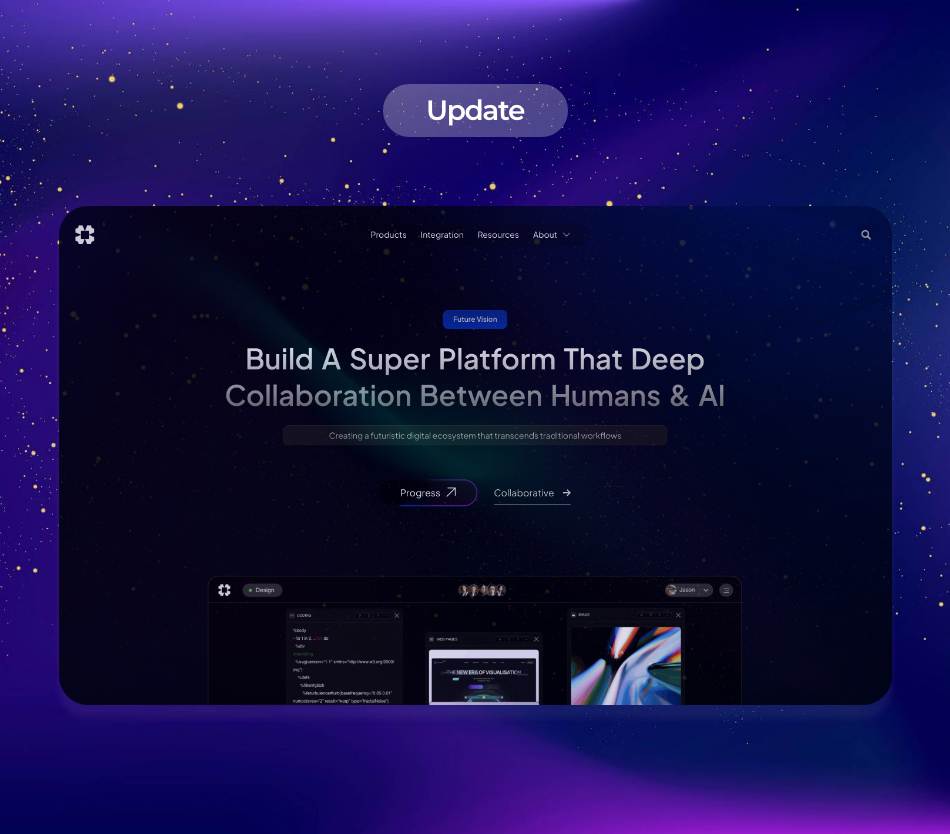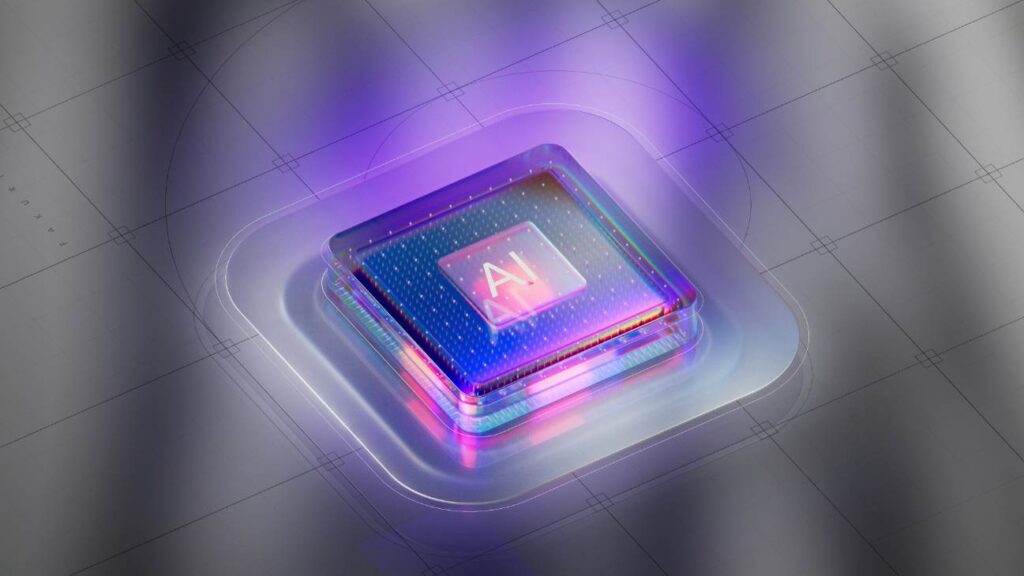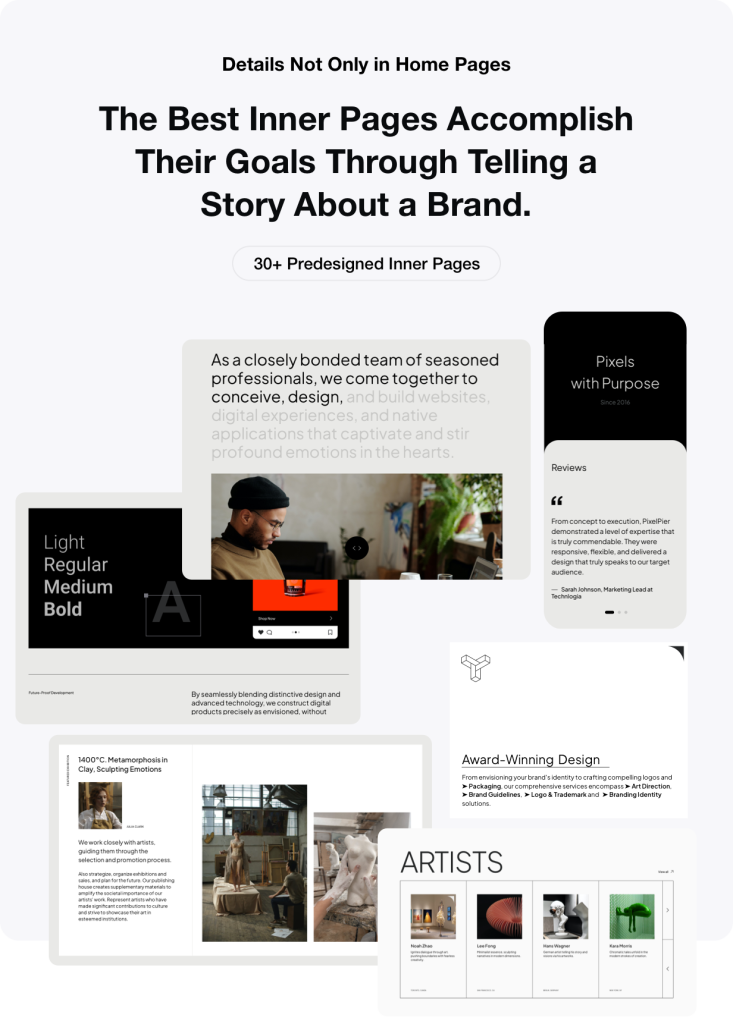Artificial Intelligence (AI) is revolutionizing multiple sectors by optimizing processes, enhancing user experiences, and driving informed decision-making. Three key areas where AI is making significant impacts are Big Data Analytics, Human-Centered Design, and Predictive Forecasting. As organizations harness the capabilities of AI, they unlock new potentials, improve efficiency, and foster innovation across industries. This article explores the latest trends, solutions, applications, and insights regarding AI in these critical domains.
AI in Big Data Analytics
The exponential growth of data generated every day—from social media interactions to IoT device information—has led businesses to seek more efficient methods of processing and interpreting vast amounts of Big Data. AI technologies such as machine learning and natural language processing are forming the backbone of modern Big Data analytics platforms, enabling organizations to transform raw data into valuable insights.
AI-driven analytics tools help businesses identify patterns, correlations, and anomalies within their data sets that traditional analytic methods might miss. For example, in retail, companies can analyze customer behavior data to tailor marketing strategies and optimize inventory management systems. According to a report by McKinsey & Company, businesses that leverage AI in their analytics processes can expect a 20%-25% increase in productivity compared to those relying on conventional methods.
Moreover, solutions like predictive analytics and real-time data processing empowered by AI are helping organizations make data-driven decisions at a speed previously thought impossible. By implementing real-time dashboards and alert systems, companies can react promptly to changing market conditions, ensuring they remain competitive.
Industry Use Case: Financial Services
The financial industry has embraced AI in Big Data analytics to mitigate risks, enhance customer experience, and streamline operations. For instance, investment firms employ AI algorithms to analyze large datasets, allowing them to identify profitable investment opportunities with great accuracy. This not only improves profitability for businesses but also results in more informed decisions for clients.
Moreover, AI is used to detect fraudulent activities by monitoring transaction patterns and flagging anomalies for further investigation. This proactive approach helps protect both businesses and customers from potential losses. According to a report from Deloitte, financial institutions that integrate AI into their analytics frameworks can achieve significant cost reductions while improving their decision-making processes.
AI for Human-Centered Design
Human-Centered Design (HCD) seeks to develop products and solutions that cater to the needs and values of end-users. With the integration of AI, HCD is experiencing a paradigm shift, as AI tools offer insights into user behavior, preferences, and interactions.
AI-powered design tools enable professionals to analyze user data continually, creating an iterative design process that actively incorporates user feedback. For instance, platforms leveraging AI can analyze user interaction data to determine which design features are most effective and which need refinement. In doing so, designers can create experiences that resonate deeply with users, fostering engagement and satisfaction.
Trends and Solutions: AI-Driven Personalization
One of the most compelling applications of AI in HCD is personalization. Businesses are now able to use machine learning algorithms to deliver tailored experiences to users. This can include personalized content recommendations, product suggestions, and adaptive user interfaces that evolve based on user interactions. According to a study by Epsilon, 80% of consumers are more likely to make a purchase when brands offer personalized experiences.
Furthermore, AI chatbots enhance user experience by providing immediate support and interaction, freeing up human resources to tackle more complex queries. These tools can be programmed to learn from interactions over time, continually improving their understanding and responses.
Industry Use Case: E-commerce
In the e-commerce domain, companies like Amazon have pioneered the use of AI for Human-Centered Design. Amazon’s recommendation engine is a prime example, as it utilizes AI algorithms to analyze user data and suggest products based on frequencies of past interactions. The result is an intuitive shopping experience that promotes user retention and satisfaction, demonstrating the vital connection between AI, HCD, and business success.
As e-commerce continues to grow, businesses that prioritize AI-driven design will engage their customers on a more personal level, driving revenue growth and fostering brand loyalty.
AI in Predictive Forecasting
Predictive forecasting uses AI to analyze historical data and forecast future trends, a key requirement for strategic planning and risk management across various industries. AI’s ability to analyze vast quantities of data quickly and identify complex patterns makes it a powerful tool for businesses aiming to predict outcomes accurately and efficiently.
Traditional forecasting relies heavily on historical data and statistical models, which can be slow and inflexible. In contrast, AI-based predictive modeling enables organizations to harness real-time data and adapt to changing conditions dynamically. This agility is essential for businesses operating in fast-paced industries, where market dynamics can shift dramatically.
Trends and Insights: Enhanced Decision-Making
AI-powered predictive forecasting tools can facilitate better decision-making by providing actionable insights based on data-driven analyses. This capacity is paramount in sectors such as manufacturing, healthcare, and supply chain management, where accurate predictions can mean the difference between success and failure.
For example, in manufacturing, AI can predict equipment failures before they occur, allowing maintenance to be scheduled at convenient times rather than reacting to breakdowns. This not only saves time and costs but also minimizes downtime, enhancing overall productivity.
Industry Use Case: Healthcare
The healthcare industry is increasingly using AI-driven predictive analytics to improve patient outcomes. By analyzing patient data, AI can identify individuals at risk of developing chronic diseases, enabling preventive measures to be taken early. Tools that assess factors such as genetics, lifestyle, and medical history can help healthcare providers develop personalized treatment plans, thus enhancing care quality.
Studies indicate that AI can improve the accuracy of medical diagnoses significantly. A research study published in the journal “Nature” found that AI algorithms could outperform radiologists in diagnosing breast cancer from mammograms. This capability not only provides a second opinion but also helps streamline the workflow for healthcare professionals, ensuring faster patient care.
Conclusion
The confluence of AI with Big Data Analytics, Human-Centered Design, and Predictive Forecasting signifies a paradigm shift across industries. Organizations that effectively leverage these capabilities are poised to enhance their operational efficiencies, improve user experiences, and make strategically informed decisions.
As AI technologies continue to evolve, they present a wealth of opportunities for innovation and growth. Embracing these trends will be key to achieving competitive advantages in an increasingly complex and data-driven marketplace. The power of AI is undeniable, and its impact on the business world is only just beginning to unfold.
**Sources:**
– McKinsey & Company. “How AI is Transforming the Analytics Game.” www.mckinsey.com
– Deloitte. “AI in Financial Services: A Mindset Shift is Essential.” www.deloitte.com
– Epsilon. “The Power of Me: The Impact of Personalization.” www.epsilon.com
– Nature. “AI Algorithm Outperforms Expert Radiologists in Detecting Breast Cancer.” www.nature.com
By tapping into the potential of AI, organizations can not only enhance their outputs but also pave the way for groundbreaking innovations in their sectors.



























